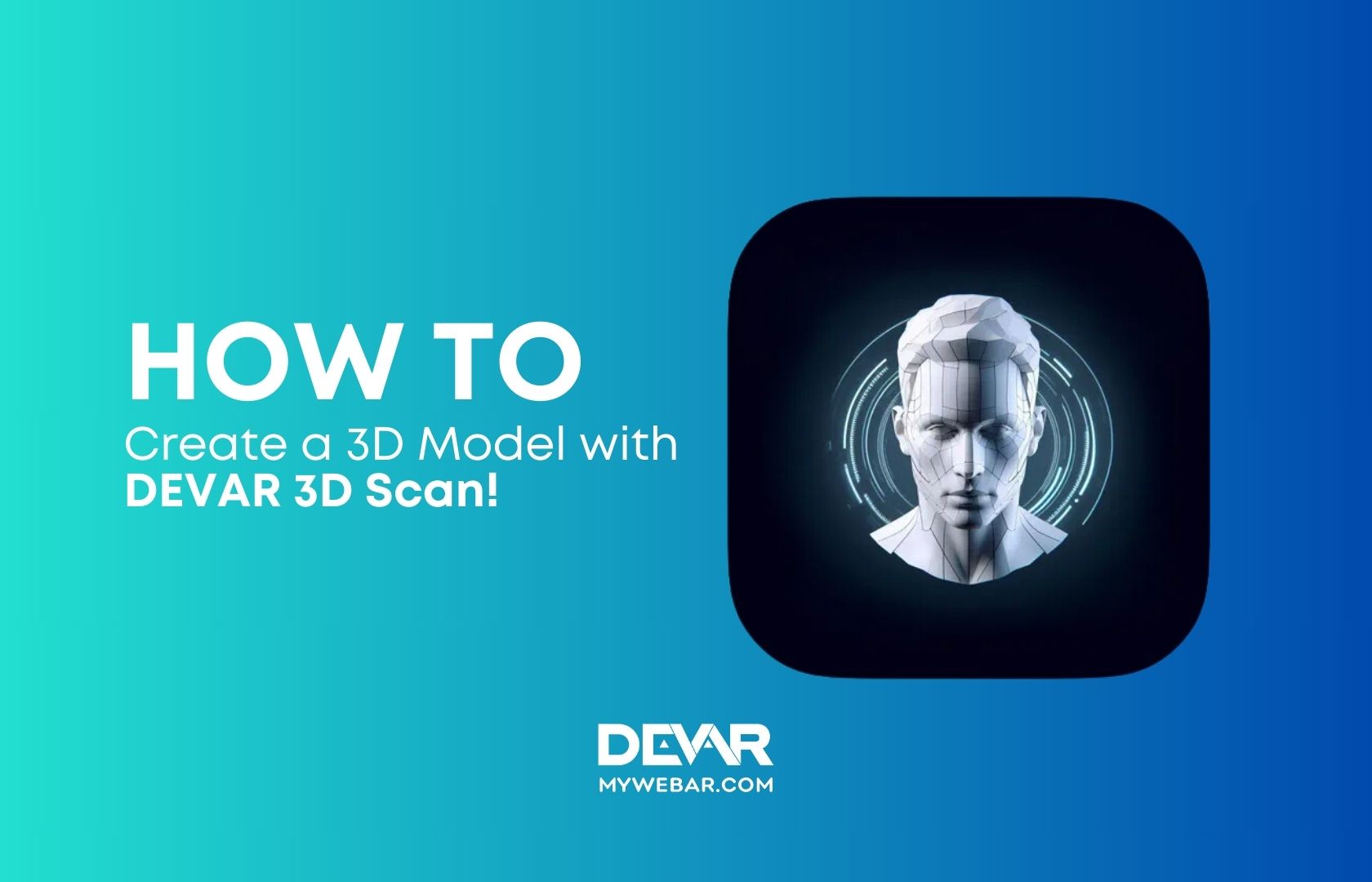With great pride, we want to announce that a few days ago, Forbes Council released a new article prepared by Anna Belova, Founder and CEO of DEVAR. You can read the article itself on the media website.
In our blog today, we would like to share the full version of the article text, as well as several videos and photos featuring remarkable case studies from the licensing market.
The unique opportunity to merge physical and digital channels and engage a target audience is termed ‘phygital.’ So, how can combining physical goods with digital content in a phygital approach bring additional revenue to a company and outpace competitors? Over the past eight years, my company, Devar, has created a series of AR products for large licensors and a range of local brands in Europe and Asia. Today, I want to share our experience in the licensing business and discuss the business opportunities I see for phygital products in the next 3, 5, and 10 years.
Target Audience Engagement
Phygital products represent a new type of interaction with the target audience. Currently, the Gen Z generation makes up 30% of the world’s population, with 92% expressing a high interest in using AR in their daily lives. This segment will significantly influence the digital ecosystem in the next 10 years. Phygital is the merging of physical products and digital content using augmented reality. Thus, this approach conceptually meets the demands and expectations of the modern consumer and opens up a new ocean of opportunities for brands to communicate and interact with them.
Brands often find it challenging to capture the attention of their target audience. Embracing immersive technologies is the way forward. Over the past five years, licensed brands have gravitated back to classic heroes like Snoopy, comic book heroes, and the ever-present Mickey and Minnie Mouse duo. With a multitude of characters surrounding modern children, the competition for attention continues to intensify.
What type of character-driven products will stand out? Will it be ones where characters are mere images on packaging, or those in which cartoon characters come to life and interact with children in the real world? Imagine pointing your camera at a hero’s image on a T-shirt, and the character instantly comes to life beside you—singing, hugging, and posing for selfies—thanks to AR technology. Or it becomes your personal assistant for shopping or traveling. There are many examples of how immersive technologies expand the possibilities of brand and consumer communication, but the main aspect is that it becomes possible to do so in the communication language of the modern consumer and keep up with them without becoming a brand that is simply nostalgic.
Easily Scalable Business
The concept is straightforward: by expanding your product with augmented reality, you gain an immediate, substantial competitive advantage that sets you apart from your competitors. One of the competitive advantages of using augmented reality in physical products is the expansion of the value proposition. The second advantage is the undeniable enhancement of the customer experience. We all develop affection for a brand due to the emotions it evokes in us. It’s no secret that most purchases are driven by emotions. Augmented reality enables you to create a ‘wow’ effect and capture the consumer’s attention, making the product stand out among its counterparts.
For example, one of our clients in Germany initiated a project with augmented reality postcards a year ago. Starting with 10 postcard titles on our AR platform, the series has now expanded to 200 titles. Achieving such rapid growth and scaling by 20 times in a year within a traditional industry would be challenging without modern technology. Imagine if they had entered the greeting card market with a paper product alone.
Let me tell you about our collaboration with the Hasbro brand. Our collaboration began back in 2016 with the creation of a line of books and coloring books with augmented reality. The company actually launched one more product that was a success with the children’s audience and attracted their attention. In addition, our cooperation launched a new direction in Hasbro’s licensing business. The brand gained partners in 10 new countries and opened up potential where it seemed that business opportunities had already been exhausted.
The first thing you need to do to successfully utilize phygital is to answer the question: What exactly is the business goal you want to achieve with this technology? Do you want to attract new audiences, increase loyalty, extend interaction time with products, boost repeat sales, or something else? After that, choose the product series with which you want to start. Avoid the rookie mistake of beginning with just one product line. With the right approach, your consumers will likely want to continue the experience, and you should have something to offer them. For example, our company has always worked with partners to produce at least three products in a line and further expanded them at a rapid pace.
Empowering Licensees
For licensees with numerous promos, seasonal activities, and affiliate programs, rapidly adapting content to match circumstances provides a vital competitive edge. Imagine putting a single QR code on all products and altering the final message/game/contest/video/characters daily. There’s no additional cost for licensees, and communication with consumers remains timely. You can create an AR set with your characters for licensees just once, and it will function independently.
For example, one of our partners crafted an AR universe with characters from their cartoon. This content encompasses 3D objects, characters, diverse content from videos to interactive games, and curated scenes featuring popular cartoon character songs and dialogues. They prepared a set with characters dressed for all seasons and holidays, maintaining consistency with style guides. Licensees now only need to add congratulations, promotional information, and new product details.
In the near future, we won’t just invite our favorite cartoon and TV series characters to visit us; we’ll also step into their universes, experiencing metaverses. We’ll interact, participate in character lives, and embark on quests with them. This journey begins now. Start crafting spaces for your heroes. Tomorrow will arrive swiftly.
Digitalization Of Physical Goods
Licensees only need to add a QR code to their product packaging and develop phygital marketing: incorporating diverse scenarios for AR scenes, engaging customers directly, conducting focused activities, and thoroughly analyzing results. AR products offer businesses unique data. Traditional analytics tools are available for data collection and analysis. Even if your product isn’t purchased but interacted with, you’ll access comprehensive user information. Monitor, engage, analyze user behavior, and boost sales.
What to consider
There are hundreds of options for content engagement mechanics. Choose scenarios that closely align with your core target audience’s profile. Always prioritize the user journey. Immersive content should leave a lasting impression, not only through beautiful visualization but also in the speed of delivery to the consumer. Avoid using scripts that don’t integrate with your existing business resources or tasks. For instance, creating a separate mobile AR app for each product line may not be necessary when you can utilize webAR technology to streamline the user journey on your website. There are numerous other business opportunities to explore in this field, but we’ll save that discussion for another time.
The licensing market presents an ideal opportunity to embrace immersive technologies. Why? It’s simple: beloved heroes are adored worldwide, each with their established universe. Bringing this world to life in AR is easier than crafting a new one. Licensees possess a strong need to introduce novel, astonishing elements to their products and to gather more customer data while interacting with them. The world of immersive technology could hold the solutions you seek.




















